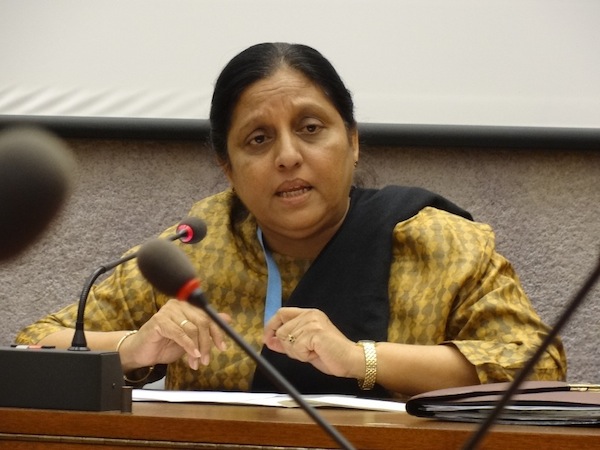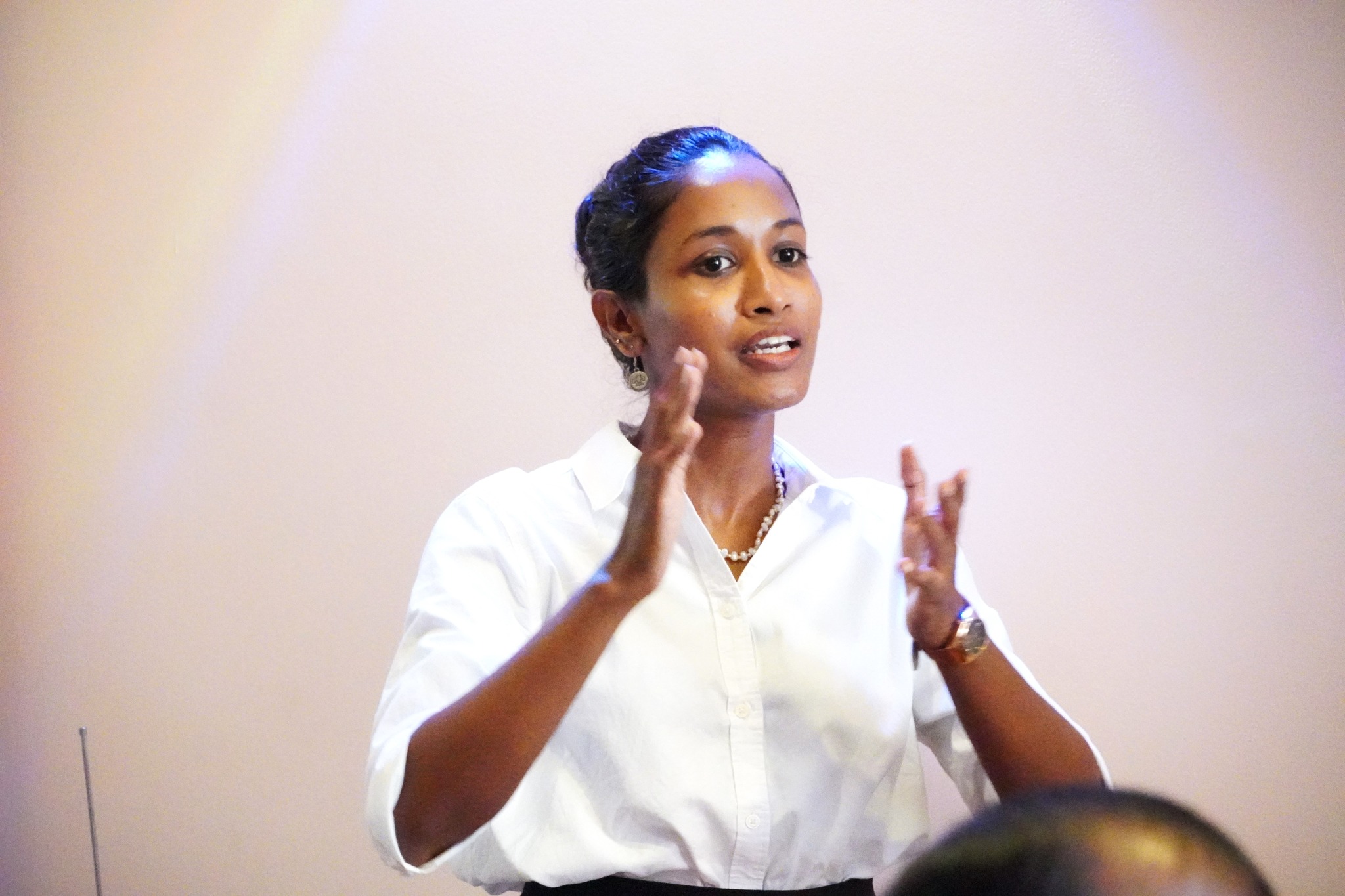In 2002, Sri Lanka was experiencing a ceasefire between the government and the Liberation Tigers of Tamil Eelam (LTTE). At that time, the LTTE controlled unofficial administrative areas in the Northern and Eastern Provinces, where they operated their own police, courts, and civil institutions. They were called a ‘de facto state’ of the Tamil Tigers by some analysts. The ceasefire allowed previously closed roads through LTTE-controlled areas to reopen, enabling travel from the south to the north and vice versa along the A-9 road. However, both LTTE and government forces rigorously checked vehicles and passengers entering or leaving these areas.
On August 18, 2002, Indika Perera, a driver from Morontuduwa in Kalutara District, departed on a journey to Jaffna, transporting a group of thirty pilgrims. The bus he drove was owned by K.A.A. Wasantha from Morontuduwa, and the conductor was Wasantha’s brother, Chaminda.
As they entered LTTE-controlled territory through the Omanthai checkpoint around 5 PM, the gate was closing for the day and would only reopen the next morning. With the A-9 road heavily damaged, the LTTE police had imposed a maximum speed limit of 30 kilometres per hour. While driving near the deserted area of Murukandy, Indika’s bus was involved in a collision with an oncoming van. According to Indika, the collision caused severe injuries to the passengers in the van, including a fatal head injury to a young child who later succumbed to the injuries.
A passing International Red Cross vehicle assisted the injured. The bus and passengers were taken to Kilinochchi, where they were handed over to the LTTE police. Indika was taken back to the accident site, where an LTTE police sergeant conducted an investigation. The pilgrims were provided with food, drink, and accommodation in a hall, and the following day, the LTTE transported them to the Omanthai checkpoint to return to the south. However, the driver Indika was detained, while the conductor Chaminda was released after three days. Indika reported being treated well during his detention.
The bus owner attempted to secure Indika’s release by travelling to Kilinochchi, but the LTTE police presented Indika at an LTTE court. The trial took place on August 27, and a lawyer named Melawar, representing Indika for a fee of Rs. 200, appeared on his behalf. W.G.V. Silva, the national organizer of the Private Bus Owners’ Association, also attended the LTTE court session.
The LTTE judge, identified as Maniyarthanam, sentenced Indika to a fine of Rs. 100,000 and imposed an additional Rs. 50,000 fine for the release of the bus.
Until the final stages of the war in May 2009, the LTTE maintained unofficial governance over the Northern and Eastern regions, operating their own quasi-government institutions, military, police, and judiciary. The local population’s contact with the Sri Lankan government was highly restricted, and over time, the LTTE administration came to be seen as a form of local governance. This authority extended to recruiting individuals for various roles, including LTTE-appointed police officers and judges. After the war, those who had served in these roles or collaborated with the LTTE administration were often held accountable, sometimes requiring compensation even from life.
Reflecting on these events is essential, as they represent a complex chapter in the history of Sri Lanka.
(Based on information provided by Sanjeeva Ratයnayake from Kesbewa and composed from an article by Srinath Prasanna Jayasuriya, published in Lankadeepa newspaper dated August 11, 2024)


